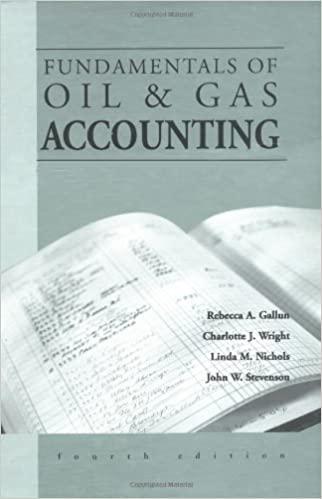Part 1 Constellation Corp has projected production and sales in units for the three months ending 731 as as follows: May June July Production 140,000 120,000 110,000 Sales 120,000 103,000 130,000 Cash-related production costs are budgeted at $17 per unit produced. Of these production costs, 25% are paid in the month in which they are incurred and the balance in the following month. Selling and administrative expenses will amount to $95.000 per month. The accounts payable balance on May 1 totals $395.000, which will be pold in May All units are sold on account for 535 each. Cash collections from sales are budgeted at 65% in the month of sale 20% in the month following the month of sale, and the remaining 15% in the second month following the month of sale. Accounts receivable on May 1 totated $650,000 of which $185.000 was from March's sales and the remainder from April Required: 1. Prepare a schedule for each month showing budgeted cash disbursements for the Constellation Corp, Show all figures with no decimal places. Use dollar signs for dollar figures (4 points) 2. Prepare a schedule for each month showing budgeted cash receipts for Constellation Corp. Show all figures with no decimal places. Use dollarsigns for dollar figures (4 points) Part 2 Constitution Company's standard and actual costs per unit for the most recent period are given below. 15,000 units were actually produced. Standard Actual Materials: Standard: 5 feet at $2.00 per foot $10.00 Actuat 5.2 feet at $1.80 per foot 59.36 Direct Labor: Standard: 3.75 hours at $2.50 per hour $9.30 Actual: 35 hours at $3.00 per hour $10.50 Required: From the foregoing information compute the following variances and indicate whether the variances are favorable or unfavorable. Show all figures out to two decimal places. Use dollar signs for dollar figures 1. Materials price variance. 12 points) 2. Materials quantity variance (2 points) 3. Direct labor rate variance (2 points) 4. Direct labor efficiency variance. (2 points) Part 3 1. Briefly explain how cost standards (ie, prices, rates, quantities, hours, etc.) are established. (2 points) 2. Why is the total direct labor variance divided into a rate variance and an efficiency variance? (1 point 3. What manager is generally in the best position to influence the direct labor efficiency variance? (1 point)









